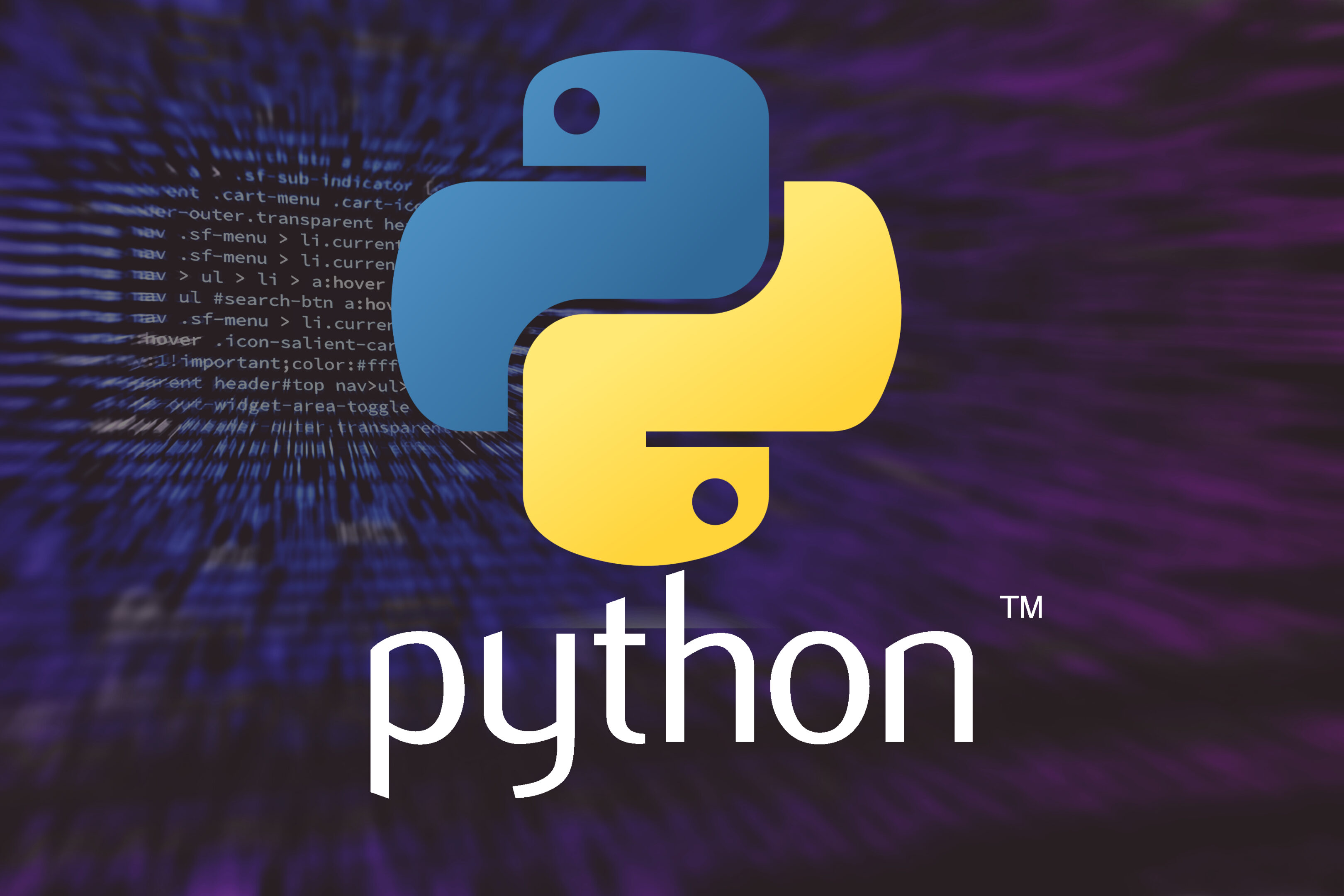Conditional statements are a fundamental part of programming that allows the software to make decisions. In Python, the if statement is a critical tool for this purpose. It evaluates whether a condition is true and, if so, executes a block of code. The syntax for an if statement includes the keyword if, followed by a condition, and a colon. The subsequent block of code that is to be executed if the condition holds true must be indented, as indentation is vital in Python to define the scope of the statement.
Understanding how to implement an if statement is essential for anyone learning to code in Python. It enables the execution of code based on the value of variables, user input, or even the result of other operations. For example, a basic if statement could check if a number is positive before performing further calculations. Grasping these concepts unlocks the ability to perform a variety of tasks and logical operations within a program.
Key Takeaways
If statementsenable conditional execution of code in Python.- Correct syntax, including indentation and a colon, is essential.
- They are foundational for controlling program flow based on conditions.
Understanding Conditional Statements in Python
Conditional statements in Python guide the flow of execution based on whether a condition is true or false. They’re the building blocks of more complex logic in coding.
Syntax and Structure
The simplest form of a conditional statement is the if statement. It follows a basic pattern where if a certain condition is true, a block of code is executed:
if condition:
# block of code
A real-world analogy might be, “If it is raining, then take an umbrella.” Here, “it is raining” is the condition that dictates whether the action, “take an umbrella,” occurs.
Boolean Expressions
In Python, boolean expressions are evaluated by the if statement to be either True or False. The program decides to execute the code block based on this evaluation. For instance, 5 > 3 is a boolean expression that evaluates to True.
Comparison Operators
Comparison operators, like ==, !=, <, >, <=, and >=, compare two values and return True or False. These are essential in forming the conditions. For example, age >= 18 checks if age is greater than or equal to 18.
Logical Operators
Logical operators include and, or, and not. They combine or modify boolean expressions. For instance, if age >= 18 and age < 65: checks if age is between 18 and 65.
If-Elif-Else Chain
An if-elif-else chain lets you handle multiple conditions. It works like this:
if first_condition:
# block of code
elif second_condition:
# different block of code
else:
# another block of code
The elif is short for “else if,” and the else is the last resort, running a block of code only if all other conditions are False.
Nested If Statements
Sometimes you need to check a condition within another condition. This is where nested if statements come in:
if outer_condition:
# outer block of code
if inner_condition:
# nested block of code
It’s like saying, “If it is the weekend, and if it’s sunny, then go to the beach.”
In each section, Python evaluates boolean expressions within the conditional statements to decide which blocks of code to execute. This logic is fundamental to programming in Python and paves the way for building complex decision-making into your programs.
Implementing Conditional Logic in Programming
Conditional logic is the backbone of decision-making in any programming language. It allows programs to execute different code blocks based on certain conditions. Python simplifies this process with clear syntax and structures.
Using If Statements Effectively
In Python, an if statement is a fundamental way to apply conditional logic. A program can evaluate whether a variable meets a specific condition, and then act accordingly. For example, a basic if statement might check if an int is greater than 10:
number = 12
if number > 10:
print("Number is greater than 10.")
This block will execute its indented code block only when the condition evaluates to a boolean value: True.
Handling Input and Making Decisions
User input often guides program decisions. Consider a snippet checking if someone is eligible to vote:
age = int(input("Enter your age: "))
if age >= 18:
print("You are eligible to vote.")
Here, the program converts input to an int and then uses an if statement to decide the next steps.
Control Structures in Loops
Loops combined with control structures become a powerful tool in Python. They allow for repeated checks of conditions within a loop. While iterating over a list, a nested if statement can check for multiple conditions:
numbers = [1, 4, 12, 19, 21]
for number in numbers:
if number < 10:
print(f"{number} is less than 10.")
elif number == 10:
print(f"{number} is equal to 10.")
else:
print(f"{number} is greater than 10.")
The elif keyword is used for additional checks if the first if statement does not execute.
Best Practices and Common Pitfalls
Working with if statements in Python programming should also involve an awareness of best practices. Utilize the and operator and or operator effectively when dealing with multiple conditions. Be cautious of indentation, as improper use can lead to unclear flowcharts of logic. Always test for both positive and negative outcomes, including edge cases like zero or not equal scenarios. A nested if statement can solve complex problems but keep it simple to avoid confusion. Remember, clear and concise code helps in creating helpful programs.
Frequently Asked Questions
Knowing how to use if statements effectively in Python is a key skill for any programmer. These FAQs aim to clear up some common queries related to structuring and utilizing if, elif, and else statements in your code.
How do you structure an if statement in Python?
In Python, an if statement starts with the ‘if’ keyword, followed by a condition, a colon, and an indented block of code that runs if the condition is true. For example:
if condition:
# code to run if condition is true
What are the differences between ‘if’, ‘elif’, and ‘else’ statements?
The ‘if’ statement checks a condition and runs a block of code if the condition is true. The ‘elif’ (short for ‘else if’) is used to check additional conditions if the previous conditions were false. The ‘else’ statement catches anything which isn’t caught by the preceding conditions.
How can you implement nested if statements in Python?
Nested if statements are structured with an ‘if’ statement inside another ‘if’ statement. This is useful when you need to check a second condition that’s only relevant if the first condition is true.
How are multiple conditions handled within a single if statement?
Multiple conditions can be combined in a single if statement using logical operators like ‘and’ and ‘or’. The ‘and’ operator requires both conditions to be true, while the ‘or’ operator requires at least one condition to be true.
Can you explain the usage of comparison operators in if conditions?
Comparison operators like ‘==’, ‘!=’, ‘<’, ‘>’, ‘<=’, and ‘>=’ are used in if conditions to compare values. These operators help in deciding whether a condition is true or false.
What are some common mistakes to avoid when writing if statements?
Common mistakes include not using proper indentation, forgetting the colon after the condition, mixing up assignment (‘=’) with equality comparison (‘==’), and not using logical operators correctly when combining conditions.







